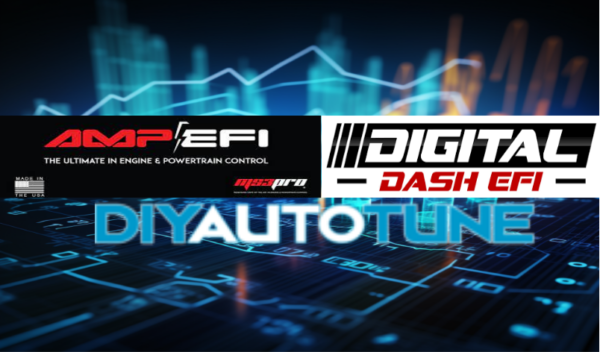The fuel pump relay (or a second relay wired in parallel if you are worried about too much current) can be a handy source of power for other devices. The fuel pump relay can help isolate noise from coils and injectors from the main ECU power. And powering a wideband O2 sensor controller from the fuel pump relay can ensure it won’t warm up before the engine starts, reducing the risk of having cold water in the exhaust damaging a hot sensor.
However, the fuel pump output will shut off as soon as the ECU detects an engine stall. This is a safety precaution to prevent the fuel pump from running in a crash. Coils, injectors, and O2 sensors will not run into any particular issues from this cutout. But this means you should never power any device that the ECU relies on for an RPM signal from the fuel pump relay. If the engine loses RPM, this ensures your sensor loses power too – and with the sensor powered down, you’re not getting the RPM signal back.
So, crankshaft position sensors and cam position sensors are two devices you must never power from the fuel pump relay. If yours run at 12 volts, power them from the ECU main relay instead, so they have power at any time the ECU has power.
This also applies to other devices that the ECU may rely on to receive an RPM signal. Ford EDIS or certain GM DIS modules, for example. Many distributor modules that combine signal conditioning and a coil driver in one package (GM HEI modules, Toyota VAST, and Ford TFI modules) also fall into this category.
So, when planning your wiring and deciding what to power from the fuel pump relay, make sure not to include anything connected to the ECU’s RPM or cam position inputs. These need power whether the fuel pump relay is active or not.

